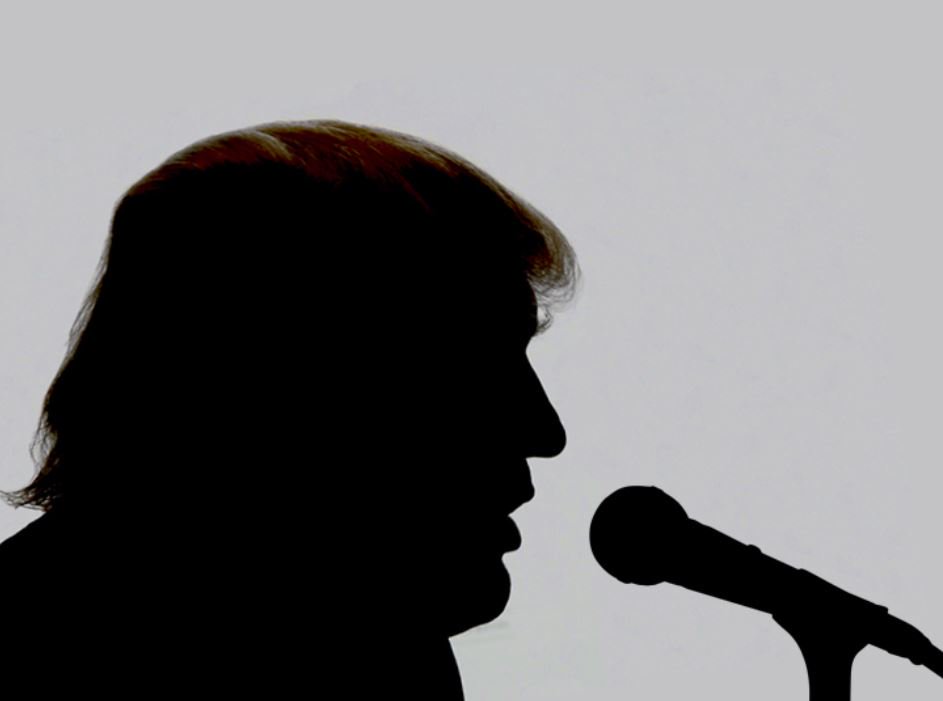
By Christopher Featherstone, Doctoral Researcher, Department of Political Science and International Studies
School of Government, University of Birmingham
Fake news, as defined by the Cambridge Dictionary, can be “false stories that appear to be news, spread on the internet or using other media, usually created to influence political views or as a joke.”
The accusations of “fake news” against and from Donald Trump have dominated global headlines since his inauguration three years ago. Although President Trump’s use of “fake news” began early in his administration and has been maintained as a crucial part of his rhetoric, he is not the first to deploy “fake news” in the White House.
The infamous claim from his Press Secretary Sean Spicer that the crowd for Trump’s inauguration was the “largest in history – period”, set the tone. Now the term is synonymous with his administration, deployed to reject critiques of Trump policy and unhelpful information. The blatancy of some of Trump’s claims may shock those who read them, but George Bush’s use of “fake news” arguably achieved more in terms of policy – a good example being to prepare the ground for the invasion of Iraq.
The Bush administration of 2001 to 2005 was the true ground-breaking administration, using “fake news” to make a case for war in Iraq and going far further than Trump. A number of the Bush administration were members of the same think-tank in the 1990s, titled the “Project for a New American Century”. This group advocated strongly for military intervention abroad, and some members of this group became media commentators well-disposed to the Bush Administration, such as Richard Perle. Others were part of the administration, including Dick Cheney, Paul Wolfowitz, and Douglas Feith.
Those who were in the administration established an intelligence analysis unit that re-examined intelligence discounted by the CIA. The unit looked for a connection between Iraq and Al Qaeda and did not mind that some of the intelligence was questionable and unreliable. They started with the view that Iraq was linked to Al Qaeda and then reviewed the information that the established intelligence apparatus had discounted – to find evidence for this link that was their starting point. This reintroduction of intelligence, discounted by the established intelligence agencies because it supported the view that some members of the administration wanted to be supported, was joined by a media campaign of maintaining this link between Iraq and Al Qaeda – in spite of CIA reports to the contrary. Richard Perle was a frequent contributor to TV debates over the direction the ‘War on Terror’ should take after the invasion of Afghanistan.
Their proclamations on the regime of Saddam Hussein contributed significantly to the paving of the way for the invasion of Iraq that the administration also carried out. This media campaign was conducted in a very different media atmosphere than Trump’s “fake news” strategy. The Bush administration carried out their “fake news” on intelligence, and as the government, they were the only ones with full access to the intelligence that they were using as the basis for their claims. Trump receives far greater criticism for his use of “fake news” because people can often visibly see that his claims are false – i.e. the pictures of the crowd at his inauguration.
Trump may seem to be revolutionary and ground-breaking in his use of “fake news”, both as an accusation against others and as a strategy of his own. He is only ground-breaking, however, in how blatant he is in his deployment. The Bush administration used “fake news” to garner support for their policy of invading Iraq, and used it far more effectively than Trump because so few people were aware that it was, indeed, “fake news”. Trump is by no means the first US President to use “fake news”, and likely will not be the last.
